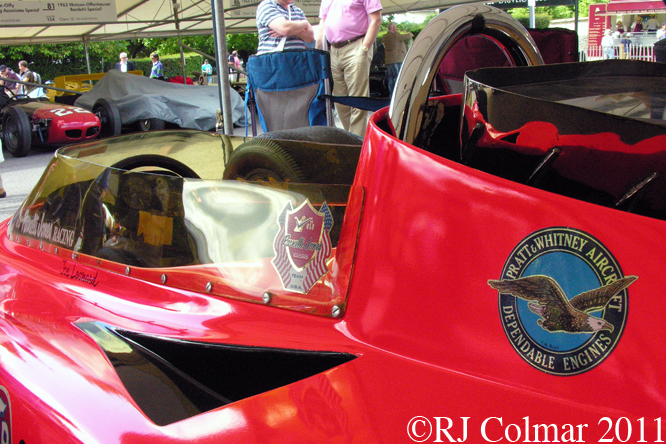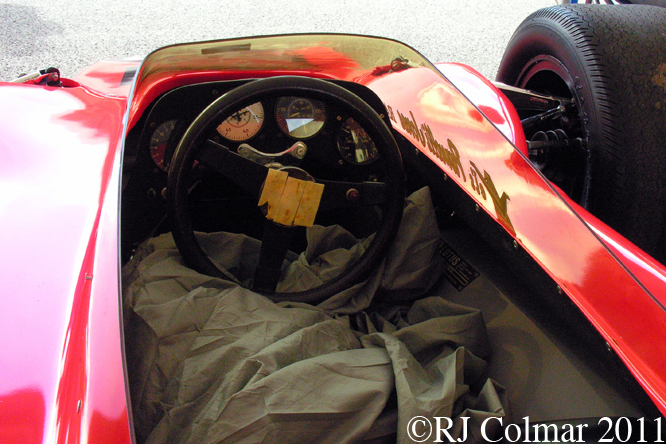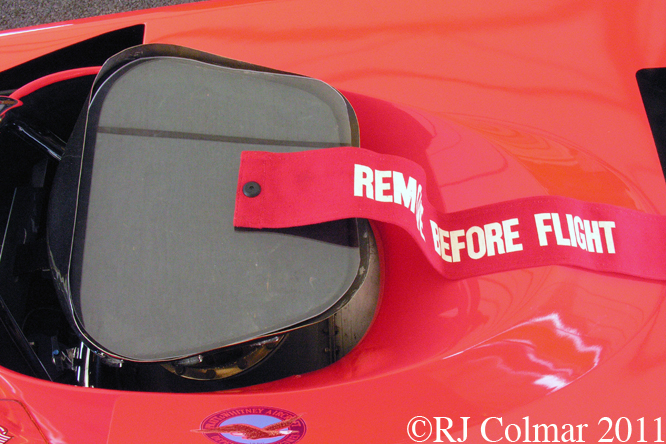The 1969 Lotus 61 Formula Ford chassis origins can be traced back through the Lotus 51 Formula Ford, Lotus 31 Formula 3, and to the Lotus 22 Formula Junior designs.
The main external difference between the broadly cigar shaped Lotus 51 and the 61 is the introduction of the wedge shaped body which was first seen on the Pratt & Whitney turbine powered Lotus 56 Indy Car of 1968.
The last Lotus 51’s were in fact built concurrently with the first Lotus 61’s under the wedge body the 61’s have a slightly stiffer chassis thanks to additional chassis tubes that optimised the triangulation of the structure.
Further differences between the 51 and 61 models can be seen in the mounting of the steering rack, easier to adjust on the 61, and the brake master cylinder resevoirs, integral on the 51 and remote on the 61 which was not always considered an advantage when they needed topping up on the latter.
Above Les Buck is seen at Prescott Hillclimb competing in the Pre 1972 Classic Racing car class.
Australian Dave Walker and Brit Ian Ashley drove for the works Lotus Formula Ford team in 1969, Walker won the British Formula Ford Championship and came third in the European Formula Ford Championship.
There were three variants of the Lotus 61 with M and MX featuring aerodynamic updates to improve the efficiency of the cooling system, the MX nose finished up with a lower nose than the original and no engine cover was supplied as most customers had found their cars were quicker without them.
Despite Dave Walkers championship success and sales of 248 Lotus 61’s this would prove to be the last but one Lotus model built for Formula Ford a class that would be come dominated by a new breed specialist Formula Ford suppliers.
Thanks for joining me on this “Wedge Evolution” edition of “Gettin’ a li’l psycho on tyres”, I hope you will join me for a Concours d’Elegance edition tomorrow. Don’t forget to come back now !















